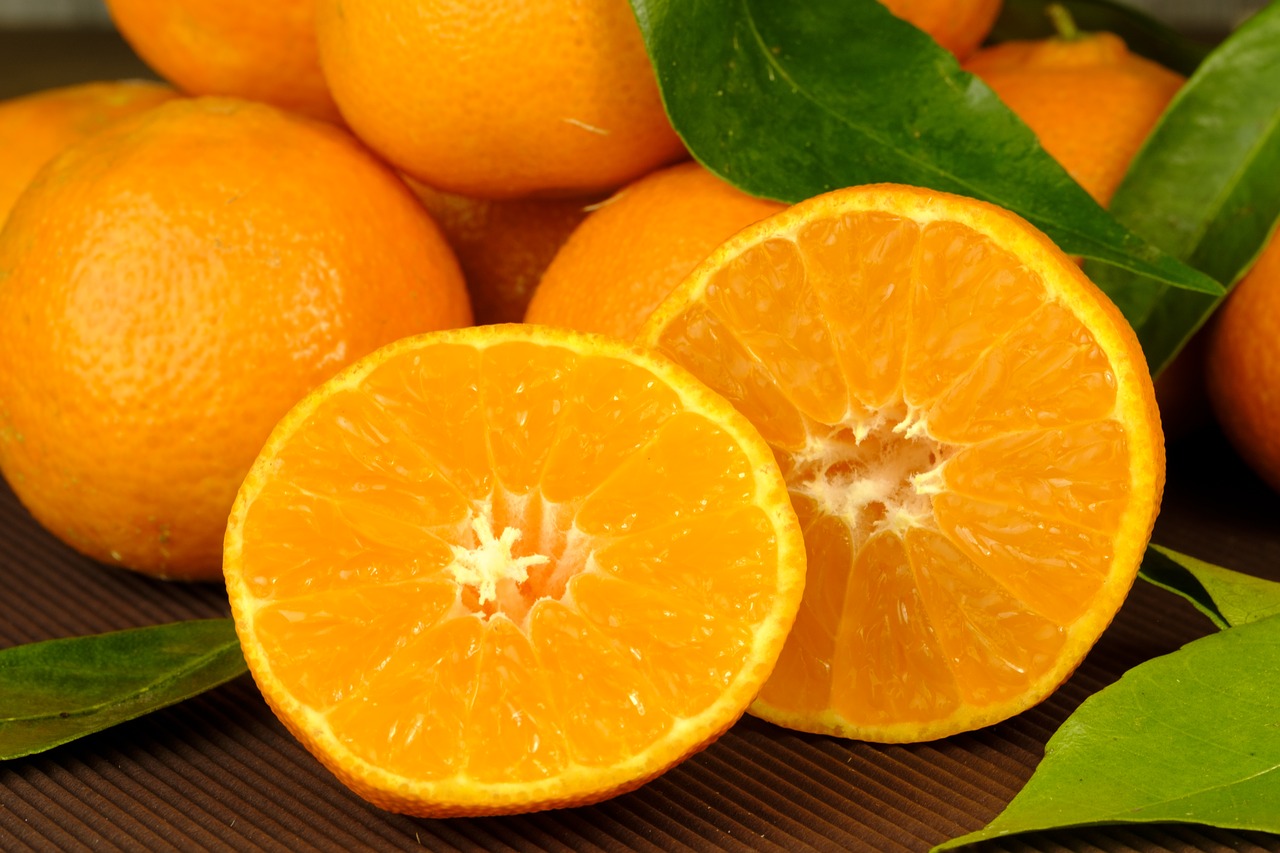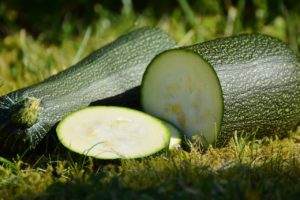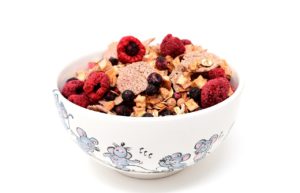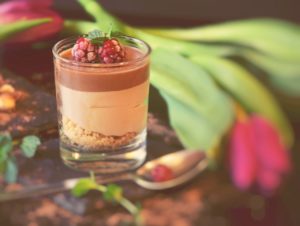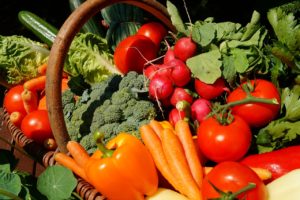While superfoods like blueberries, tomatoes and spinach have achieved the nutrition equivalent of celebrity status, other fruits and vegetables generate little excitement – and even confusion.
The researchers and scientists at the Dole Nutrition Institute took another look at several foods commonly regarded as “nutrition zeroes” and found out that some of them are actually “nutrition heroes.” Here is a list of four under-appreciated – and even misunderstood – fruits and veggies that deserve a place on your plate:
* Avocados: Some of the smartest folks I know avoid avocados as “high fat” foods, but the monounsaturated fat in avocados protects your heart by lowering LDL “bad” cholesterol while raising HDL “good” cholesterol. Avocados also contain fiber and the phytonutrient beta-sitosterol, which also help control cholesterol, and lutein, which promotes eye health.
Looking for a food source of vitamin E? Avocados have the highest gram-per-gram content of this powerful antioxidant. Finally, if there was a “superfood for your liver” category, avocados just might qualify. In one Japanese study, avocados beat out 22 other fruits as the best defense against liver damage.
* Celery: A dieter’s standby, celery is often dismissed as a nutrition nonentity. But it turns out that two stalks provide an excellent source of vitamin K and a good source of vitamin C, folate and potassium – all for just 20 calories. Celery is also loaded with phytonutrients such as quercetin, which promotes prostate and brain health, and apigenin, which may help slow prostate tumor growth.
* Parsley: Regarded as little more than a garnish, parsley actually packs a powerful nutrition punch. Just 1/4 cup provides more than 300 percent of the Daily Value of vitamin K and contains an excellent source of vitamins A and C.
Parsley is also a top source of the antioxidant flavonoid apigenin, which, in addition to protecting the prostate, may also help reduce the risk of breast, colon, skin and thyroid cancers. Parsley’s abundance of phytonutrients – beta-carotene, lutein and zeaxanthin – can help safeguard your sight, and chewing on a sprig can help freshen your breath.
* Potatoes: The fact that spuds are America’s favorite vegetables wouldn’t be so bad if they weren’t usually deep-fried, processed and drowned in saturated fat. In fact, a medium baked potato with skin has 163 calories, no fat, and provides an excellent source of potassium and vitamin C, plus a good source of fiber, magnesium, copper, manganese, niacin, vitamin B-6 and folate.
Potatoes also supply chlorogenic acid, a phytonutrient that may block the formation of carcinogenic nitrosamines and reduce the risk of liver and colon cancers. A recent British study discovered compounds in potatoes called kukoamines, which may help lower blood pressure levels. When eating a potato, leave the skin on for added fiber and nutrients.
So, if you’ve been dismissing one of these nutrition heroes as a zero, give it another chance and see if you don’t end up feeling more hale and hearty yourself.
Jennifer Grossman is the director of the Dole Nutrition Institute. – NU

